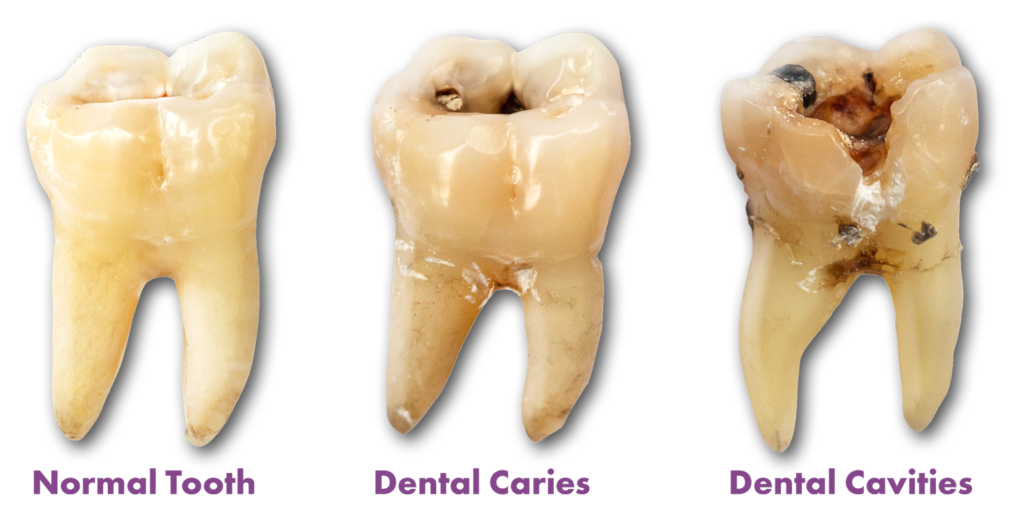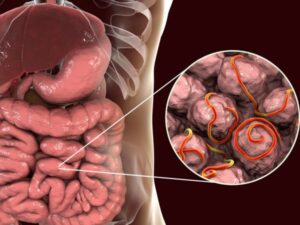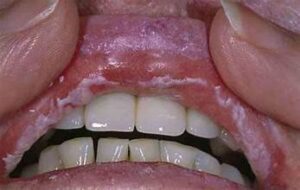WHAT IS A CAVITY
A cavity is a hole or damaged area in a tooth caused by tooth decay. It forms when bacteria in the mouth produce acids that gradually eat away at the tooth’s enamel (the hard outer layer). If left untreated, a cavity can grow larger, reach deeper layers of the tooth, and lead to pain, infection, and even tooth loss.
How Do Cavities Form?
Plaque Buildup – When you eat sugary or starchy foods, bacteria in your mouth feed on them and produce acid. This acid combines with saliva and food particles, forming a sticky film called plaque that sticks to your teeth.
Enamel Erosion – The acid in plaque slowly wears away the enamel, creating weak spots or small holes.
Cavity Formation – Over time, the enamel breaks down completely, leading to a deeper hole in the tooth. If decay reaches the inner layers (dentin and pulp), it can cause severe pain and infection.
Symptoms of a Cavity
Tooth sensitivity to hot, cold, or sweet foods and drinks.
Toothache or pain when chewing.
Visible holes or dark spots on the tooth.
Bad breath or a persistent bad taste.
Swelling or pus (if the cavity leads to an infection).
Types of Cavities
Smooth Surface Cavities – Develop on the flat, smooth areas of the teeth and are usually caused by poor brushing habits.
Pit and Fissure Cavities – Form in the grooves of molars and premolars, where food easily gets trapped.
Root Cavities – Occur on the exposed roots of teeth, usually in people with receding gums or older adults.
How to Prevent Cavities
✔ Brush twice a day with fluoride toothpaste.
✔ Floss daily to remove plaque between teeth.
✔ Limit sugary and acidic foods & drinks.
✔ Drink water instead of sugary beverages.
✔ Visit the dentist regularly for cleanings and check-ups.






